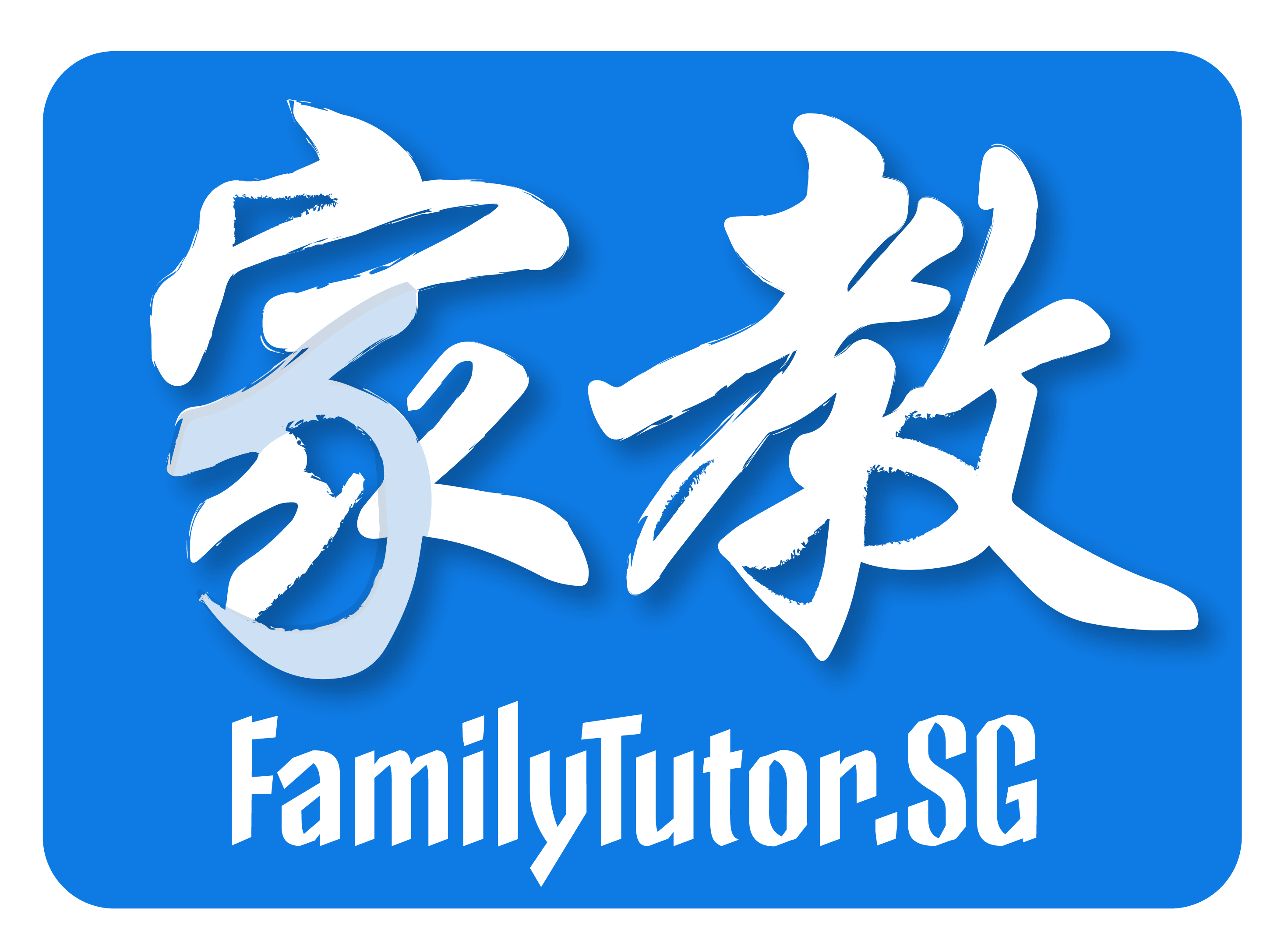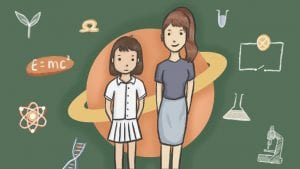
Tutoring Differences Between Primary and Secondary School Students
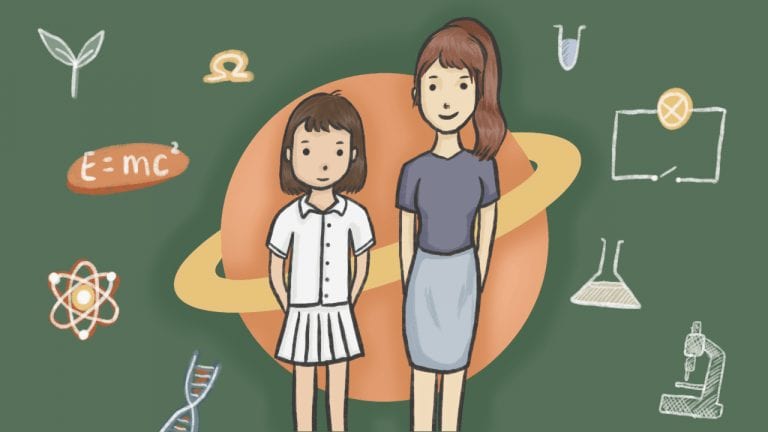
Home tuition in Singapore is booming for many reasons, all of which points that there are many benefits students can get from tuition that will help them excel in their studies and prepare for their future. Parents not only want the best education for their children in school, they also engage in tutors who are experts in a certain field, may it be Math, languages, Sciences, or History, to help their children gain supplementary lessons and resources. Private tuition not only helps students reach their academic dreams but tutors also build close relationships with their students, with whom they can also gain values and life skills.
Home tuition services and agencies offer many subjects for students of all grade levels. Some home tuition agencies even offer adult courses. With this in mind, tutors are also expected to learn how to handle lessons for different student levels. To be an experienced home tutor, you have to understand that teaching a primary school student and a secondary school student isn’t the same.
For those looking at home tutoring as a prospective career, tuition requires more than just certificates and knowledge. Home tutors have to hone their skills in teaching, prepare lessons beforehand, and adapt their teaching style for every student they encounter. Students are of different age, grades, and learning styles. And the home tutor has to cater to those changes in order for tuition to be a s effective as possible.
If you are thinking of moving up or down with the grade level of students you consider teaching, then keep reading to find out the differences between the two and tips on how to handle tuition with them.
Differences between primary and secondary school students
While many home tutors may hop from one grade level to another and can still make it work, there are also parents who require for home tutors to specialize teaching for a particular age group. Here are some of the differences between students from primary school and secondary school.

1. Length of teaching session
This shouldn’t be confused with the length of tuition session. Usually, the length of tuition sessions is set by the home tutor and the parent during the hiring process. However, the teaching hours is different. This is the amount of time tutors actually use to teach the student.
Younger students in primary school have significantly shorter attention spans than their older counterparts. While teenagers can sit for longer periods and are more in control of their attention span.
Primary school students might need more break times in between sessions for them to properly retain their lessons. If the lesson is given to them without any breaks, they can get overwhelmed or distracted from the lesson. In some cases, they can just get tired and bored from the lesson. When dealing with primary school students, the tutor can prepare lessons and activities set in between lessons. These activities can be in the form of “breaks” but can still relate to their current lesson. This way, they can breathe for a while but also continue with what they’re learning.
Secondary school students don’t need this as much. They can sit through longer periods of the syllabus. They may require a short break every now and again but it isn’t necessary. The tutor can prepare a lesson for them to last the tuition session or they can opt to have one short break and then continue with their lesson.
2. Independence during sessions
Since secondary school students are in their teen years, it’s highly unlikely they want to be coddled. The tutor’s tuition session with them should be correctly balanced between practicing their independence and the tutor stepping in to help if they are having trouble. Teenagers may find it annoying if the tutor constantly hovers over them when they are answering their homework or problem-solving exercises. However, if they are clearly having trouble, it’s also best to step in and teach them a different approach so they can again answer questions and exercises independently.
While secondary school students may be given more freedom, primary school students need to be guided every step of the way. When teaching them, tutors have to start from the very beginning. They may already have foundations from pre-school but that should be strengthened before they move to upper levels. Tutors also have to be very patient with them as children are generally very inquisitive and curious. However, because of this they are also more enthusiastic and eager in learning. With this in mind, tutors must remember that they will be more actively involved in a primary school student’s learning process than that of a secondary school student.
3. Varied learning styles
Students all learn differently, that’s already a given. Most times, students may be left behind in lessons in school because they can’t match their classmates’ pace or the teaching method isn’t effective for them. That being said, primary and secondary school students also generally have learning style differences.
Younger students tend to use their senses more. They strive in teaching methods that appeal to their eager and excitable minds. They also respond well to audio-visual teaching methods such as being read stories to or experiments being modeled to them. Children in this age also want to experience the real world. They have many questions as to how the world works. Inquisitive minds should be sharpened and encouraged and as such, they should also be given the chance to solve their curiosities. This is why primary school students should be given ample time to explore and try their hands out before being given the full explanation to their questions.
Older students in secondary school tend to be more comfortable with conventional methods such as note-taking, repeated practices, and discussions. With their longer attention spans they can grasp lessons taught to them through lectures or discussions. However, this shouldn’t be an excuse for the to also be subjected to dull and droning lessons. While these students may make the most out of it, they are also still learning about the real world. With this, tutors can also help students apply their skills to real-world scenarios. Tuition shouldn’t just stop in textbooks or notes, not when tutors can have the opportunity to teach older students application skills and prepare them for the next level of education.
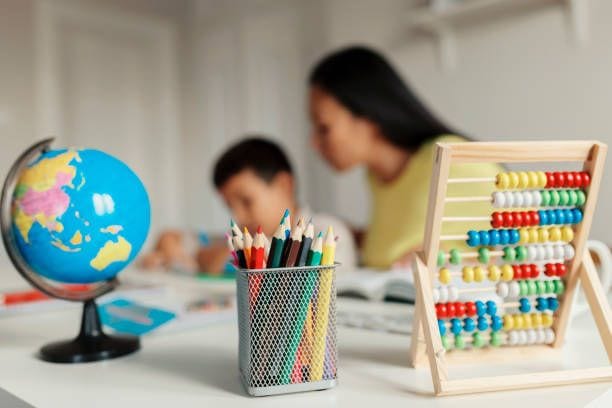
Tips in teaching primary school students
Tutors have to remember that they are still children. Because of this, a tutor must be flexible and playful while teaching them. It will also help if the tutor is creative and can think of a variety of activities to support their lessons. As they are more active, tutors should refrain from letting them stay in one place. They may stay for a while but they will eventually start to get distracted. Move around, use objects to teach, conduct games to keep them interested while still learning, make use of visual and auditory teaching aids.
The tutor should make sure they don’t lose focus within the session so they have to take control of the entire session. Sometimes, children may just not want to sit still or listen to the tutor during a session. In this case, the tutor should prepare an emergency plan to divert their attention again and make their tuition productive even when the child initially had no desire to study. It also helps to get the child’s parents involved in the activities and teaching process.
Tips in teaching secondary school students
If you are more inclined to teaching older students such as in secondary schools, then be sure that you are able to empathize with teenagers. They are also not without their own kind of issues. It might not be the same as their younger counterparts but they are distraction and issues just the same. Because they are adolescents, they will most likely experience many changes in their lives that can also affect their studies and behavior. Remember that as a tutor, you’re not only teaching them but also acting as their mentor and confidante. Create a relaxed and approachable atmosphere to facilitate favorable responses from them. Tutors should encourage students to ask questions if they find anything troublesome and also speak up when they have something to contribute or in answering questions. Sometimes, students in this age level may struggle with their self-esteem so encouraging them to talk and open up will help them also build confidence in themselves and in speaking up.
Conclusion
Students of these age groups require a tutor’s undivided attention during tuition sessions. Whether they may be teaching primary or secondary school students, a tutor must show devotion in their line of work and commitment in helping the student reach their academic goals. While they may be different, a tutor should also still get to know the student to help formulate a better approach to teach them effectively.
Interested in becoming a home tutor? Check out FamilyTutor, the best home tuition agency in Singapore. We offer over 200 subjects to students from all levels and even to adults as well. Here in FamilyTutor, we guarantee that your sons and daughters get the best quality education.
Yearning for more Primary School- or Secondary School-related content? Explore our Primary School Tuition blog or Secondary School Tuition blog now!

Carelle
Carelle is a teacher who has been through the ups and downs of the teacher and learner life. She wishes for every learner to gain educational satisfaction that will help embody the people they want to be in the future.
Tell Carelle Below What You Think About Her Post!
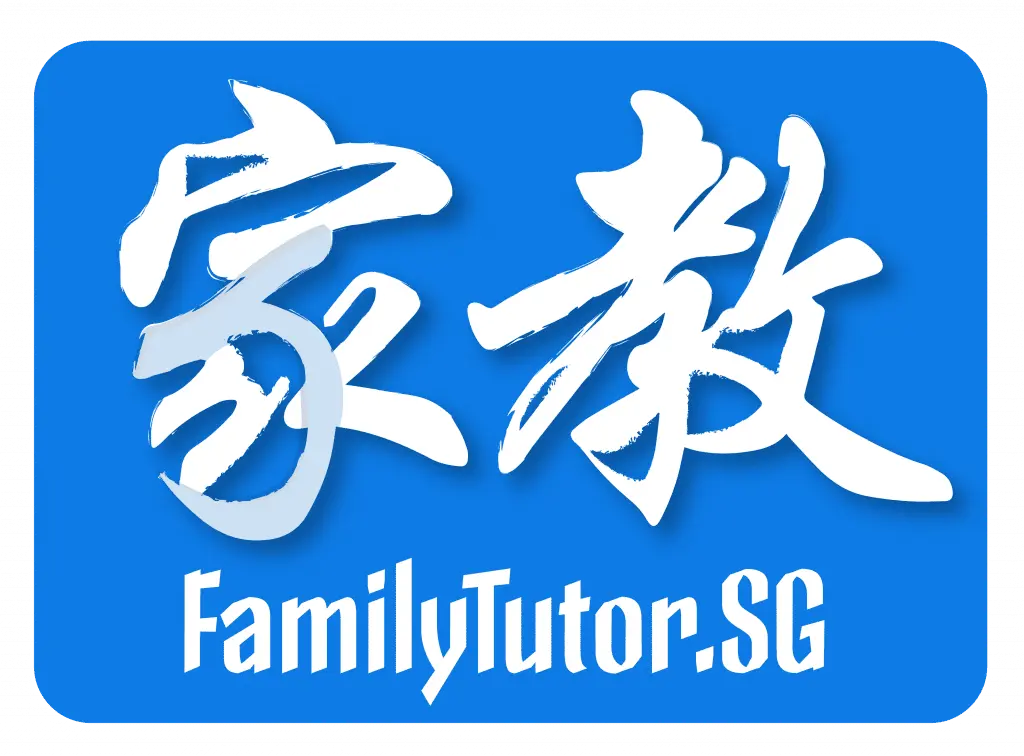
About FamilyTutor!
FamilyTutor is an established home tuition agency in Singapore! We match suitable home tutors for our clients not just to improve the students' academic grades, but also to build a strong rapport and meaningful relationship with the students and even the their whole family. FamilyTutor put every student in good hands!
If you need an excellent home tutor, feel free to call/WhatsApp us at +65 8777-2168! Our matching service is free!
Related Posts!
Follow Us On Facebook!
Our Service!
- Home Tuition in Singapore
- Home Tutor in Singapore
- Home Tuition Rates in Singapore
- Preschool Home Tuition
- Primary School Home Tuition
- PSLE Home Tuition
- Secondary School Home Tuition
- ITE Home Tuition
- N Level Home Tuition
- JC Home Tuition
- A Level Home Tuition
- Polytechnic Home Tuition
- University Home Tuition
- A-Math Home Tuition
- Biology Home Tuition
- Chemistry Home Tuition
- Chinese Home Tuition
- Economics Home Tuition
- English Home Tuition
- Geography Home Tuition
- H2 Chemistry Home Tuition
- Higher Chinese Home Tuition
- Hindi Home Tuition
- History Home Tuition
- IB Chemistry Home Tuition
- IP Chemistry Home Tuition
- IP Math Home Tuition
- IP Home Tuition
- JC Chemistry Home Tuition
- Literature Home Tuition
- Malay Home Tuition
- Math Home Tuition
- O Level Chemistry Home Tuition
- O Level Math Home Tuition
- O Level Physics Home Tuition
- Online Home Tuition
- Physics Home Tuition
- POA Home Tuition
- Science Home Tuition
- Tamil Home Tuition
Education Levels
National Exams
Math & Science Subjects
Language Subjects
Japanese Tuition
Korean Tuition
German Tuition
Humanities Subjects
Social Studies
Chinese Literature Tuition
About Us
FamilyTutor is an established and the people’s favourite home tuition agency in Singapore! We match a suitable tutor for you not just to improve the student’s grade, but also to build a good rapport and meaningful relationship with the student and even with the student’s whole family! With FamilyTutor, every Singaporean son & daughter is in good hands.
Contact Us
- 8777 2168
- 8777 2168
- Mon-Sun 9am-10pm (Including PH)
- [email protected]
- 17 Petir Road Singapore 678278
